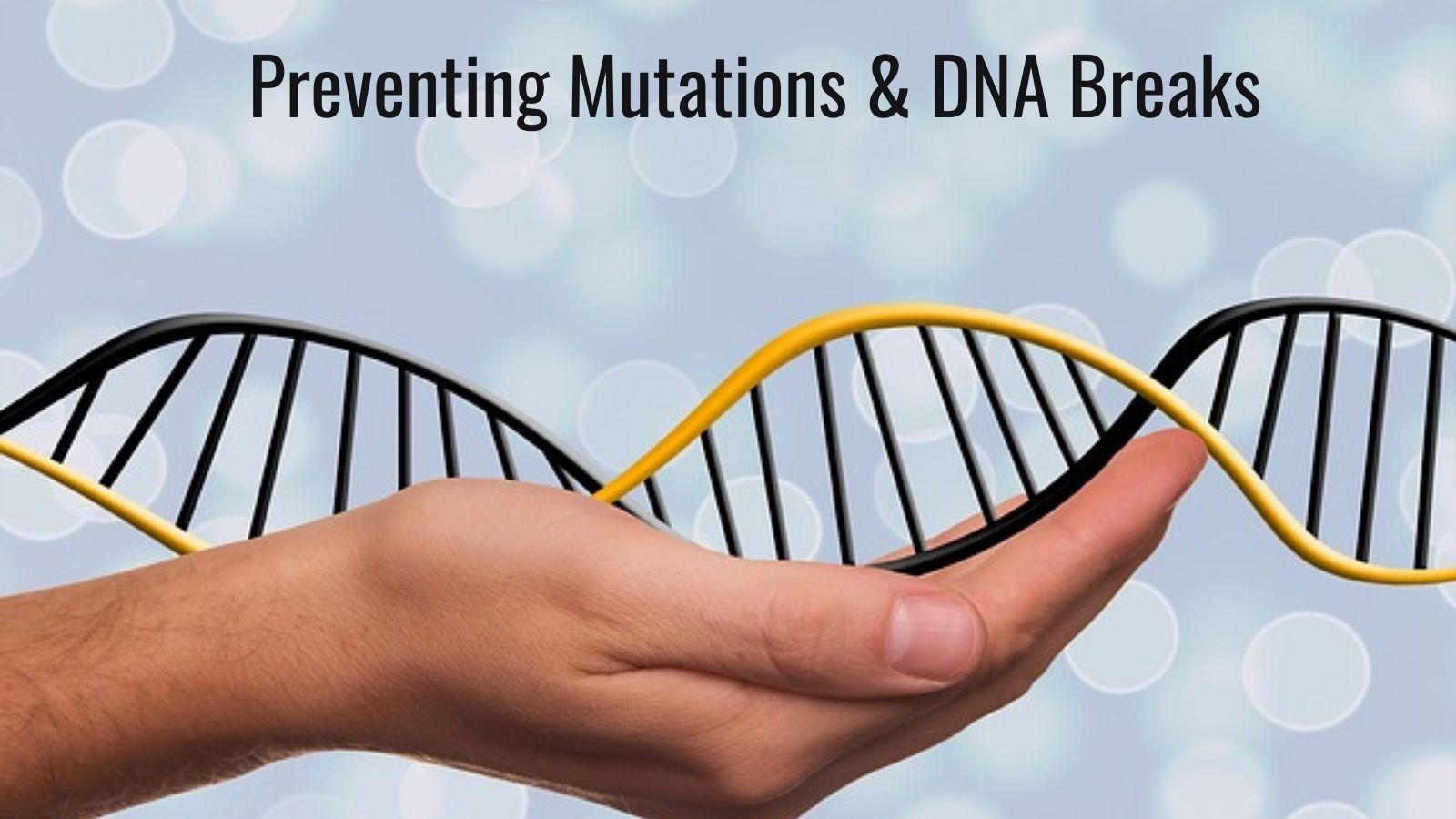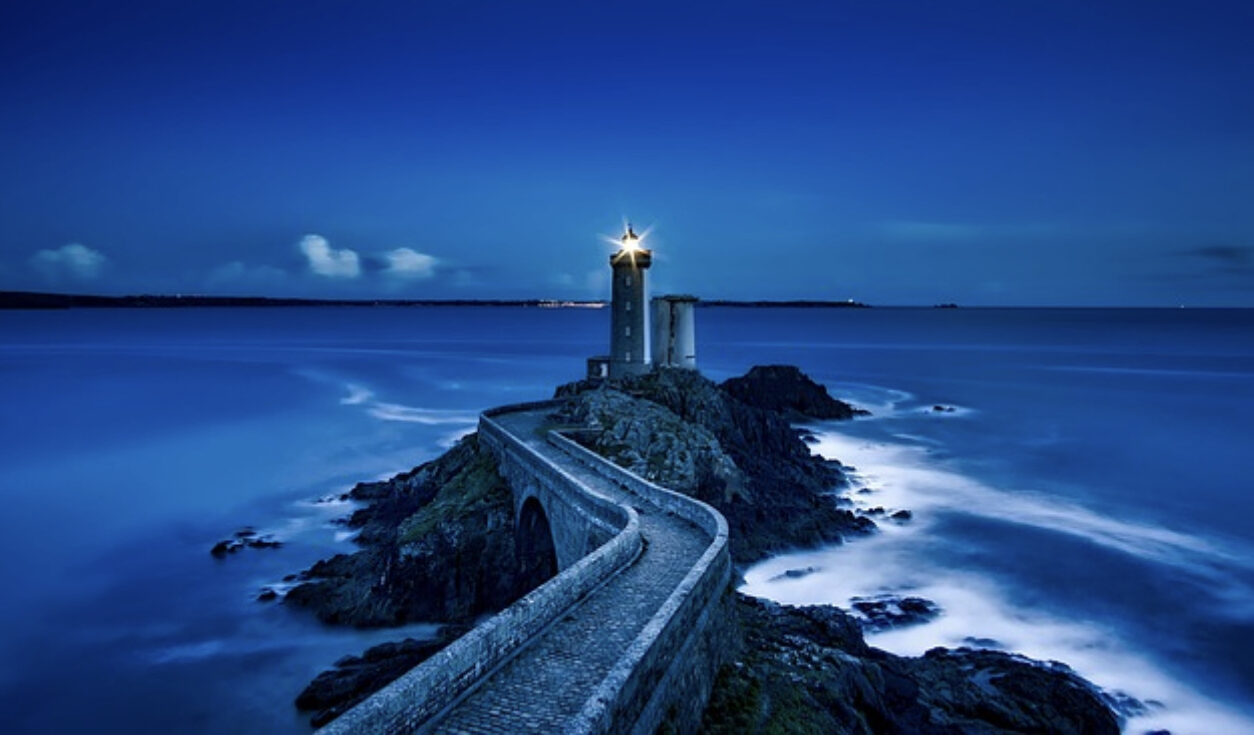How does cancer develop? It doesn’t just suddenly appear, but rather is the result of processes that takes place within the cell. Cancer results from breaks in DNA, or mutations, that accumulate over time, and are linked to three categories of carcinogens. Mutations allow cancer cells to become immortal, which means they continue to make copies of themselves through duplication. It’s important to be aware of these carcinogens to reduce cancer risk.

The following scenario is how tumors are formed, with some being more deadly than others. The deadlier the tumor, the more mutations it has. Once in the bloodstream, malignant cells spread via angiogenesis, a process of new blood vessel formation, which nourishes cancerous tumors by providing nutrition and oxygen.
What causes mutations or breaks in DNA? Exposure to carcinogens. There are three categories of carcinogens that act at the molecular level, particularly on nucleic acids (DNA and RNA). This is why cancer is referred to as a molecular disease.
Table of Contents
Categories of Carcinogens
The three categories are chemical, physical, and oncogenic. Below is a brief summary of each of these groups:
1. Chemical Carcinogens
- Chemicals, such as radon, asbestos, benzene, arsenic, acetaldehyde, formaldehyde, mercury, aluminum, and cadmium, to name a few
- Ionizing radiation from X-rays
- Toxic chemicals in food, including fried foods, GMOs, pesticides, antibiotics, and hormones
- Chemicals in body care and cleaning products (parabens, fragrance, phthalates, propylene glycol, and petroleum)
- Smoking and alcohol consumption
- EMFs
2. Physical Carcinogens
- Excessive exposure to UV rays
- Tanning beds
- Trauma and repeated injuries
- Synthetic products
- Low and high temperatures
- Chronic inflammation
3. Oncogenic Carcinogens
Oncogenic viruses are retroviruses that are linked to cancer. More than 40 have been identified. Retroviruses differ from regular viruses in that they use RNA as their genetic material, rather than DNA. Some of these viruses contain oncogenes, because the way they express in infected cells correlate with tumor development.
Read More: Retroviruses and Their Correlation to Cancer
- Human Papillomavirus
- Human T-cell leukemia
- Hepatitis B
- Human immunodeficiency virus
- Epstein Barr
- Human T-lymphotropic virus type 1 (HTLV-1)
- Human T-lymphtropic virus type 2 (HTLV-2)
Key Points
The take home message is to protect your DNA to reduce cancer risk by eliminating or minimizing exposure to carcinogens.
Clean up your environment, limit exposure to pollution, eat organic food, read the labels on body care and cleaning supplies, limit sun exposure, keep alcohol to a minimum, stay clear of artificial sweeteners and tap water, reduce inflammation by keeping an eye on your blood sugar, find ways to manage stress, and keep your immune system strong in order to keep retroviruses in check.
Also, use smart hygiene when it comes to EMFs. Turn both your cell phone and WiFi off at night. YOU indeed have a great deal of control over the state of your health. Never forget that!
Did you know that cancer is a molecular disease? Let me know your thoughts in the comments:)


Hi, I have read about cancer being due to long term exposure to carcinogens, which slowly causes mutations at the cellular level. I was not aware of DNA breaks though.
Now that I know that carcinogens come not only from chemicals, but from physical and oncogenic sources as well, I will try to be more cognizant of how I live.
Is there a way we can stay away from oncogenic viruses? I mean as long as I live a healthy lifestyle and enhance my immune system, am I doing enough to prevent cancer?
Hi Jessie,
Sadly, we’re exposed every single day to a broad range of carcinogens that can cause cellular changes that lead to cancer. It’s pretty sobering, but it’s important to be aware of what can cause these changes to occur. The best way to stay healthy, and to prevent cancer, is to keep your immune system strong by eating healthy, getting enough rest, staying away from chemicals as much as you can, and moving regularly. This pertains to oncogenic viruses, as well. Thank you so much for taking the time to comment!
I am very much aware of the environmental chemicals that cause cancer. You have done a great job highlighting them. The physical and oncogenic carcinogens I did not know about.
One of the most common causes of cancer-causing compounds is unhealthy food, namely GMOs and fast food. Also, people don’t exercise like they should and most of us our stressed out.
The points that you mentioned to protect DNA are related to how you eat, sleep, remain active, and live your life. In the end, it all comes down to lifestyle. The more we attach ourselves to natural living and eating, the better we can avoid falling into these carcinogen categories.
Hi Arif,
Like you, most people are aware of chemicals to avoid in the environment and food. Whether they act on this information is another story. Our fast-paced and stressful society does not lend itself to eating healthy, resting enough, or exercising, but everything we do makes a significant difference in our health.
You are absolutely right. It all come down to lifestyle choices. What are we willing to give up to be healthy and reduce our cancer risk? Ultimately, it comes down to this. Thanks so much for reading!